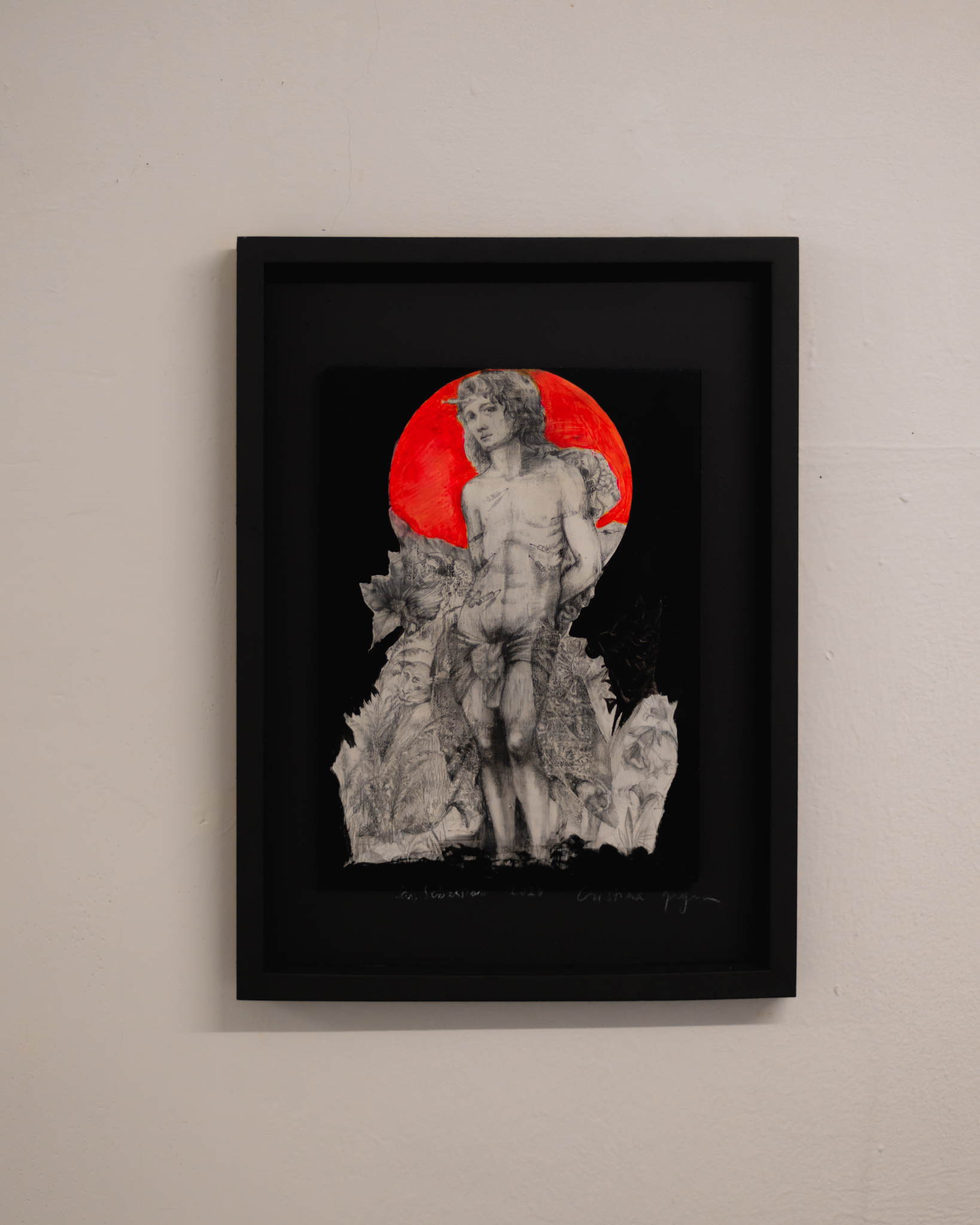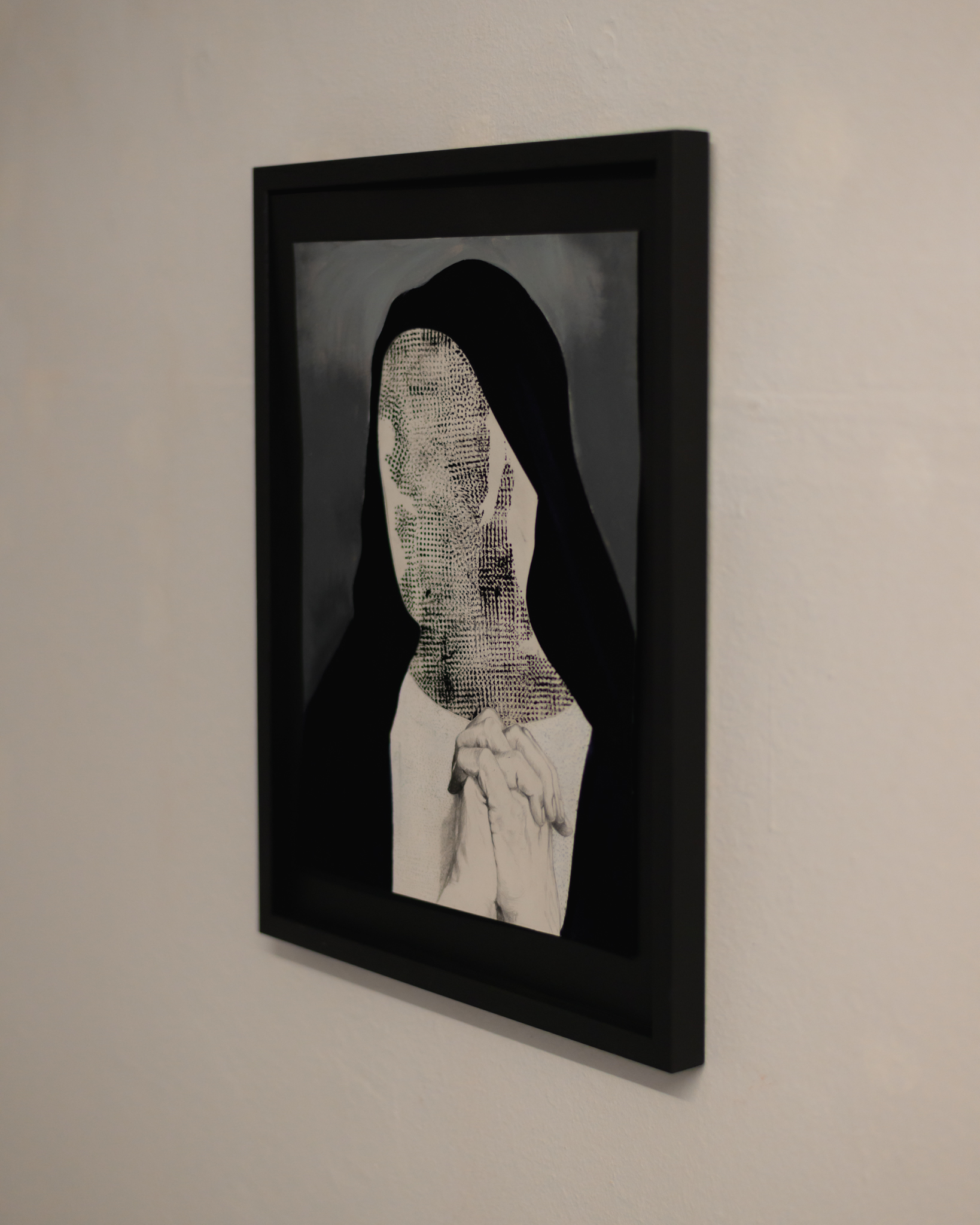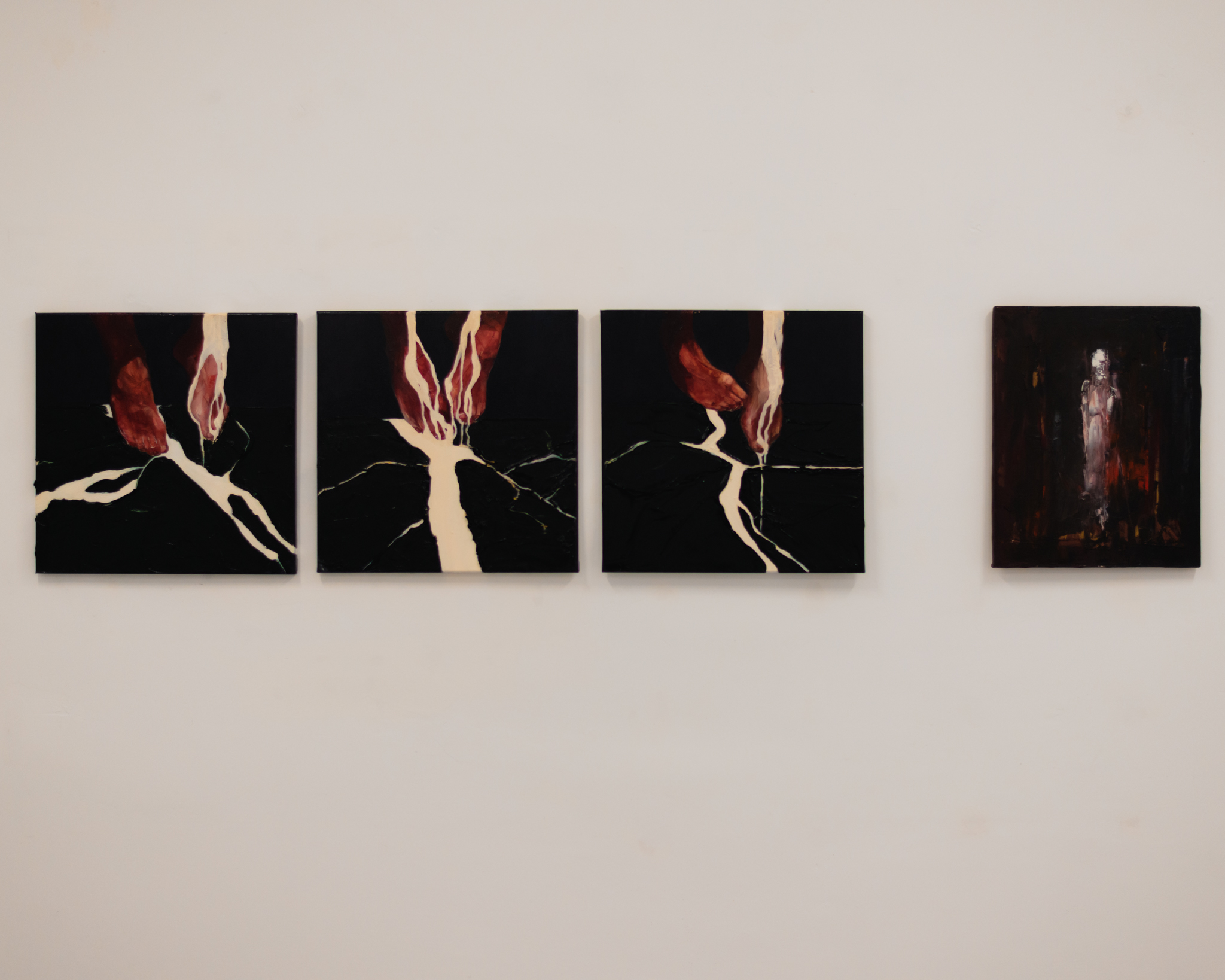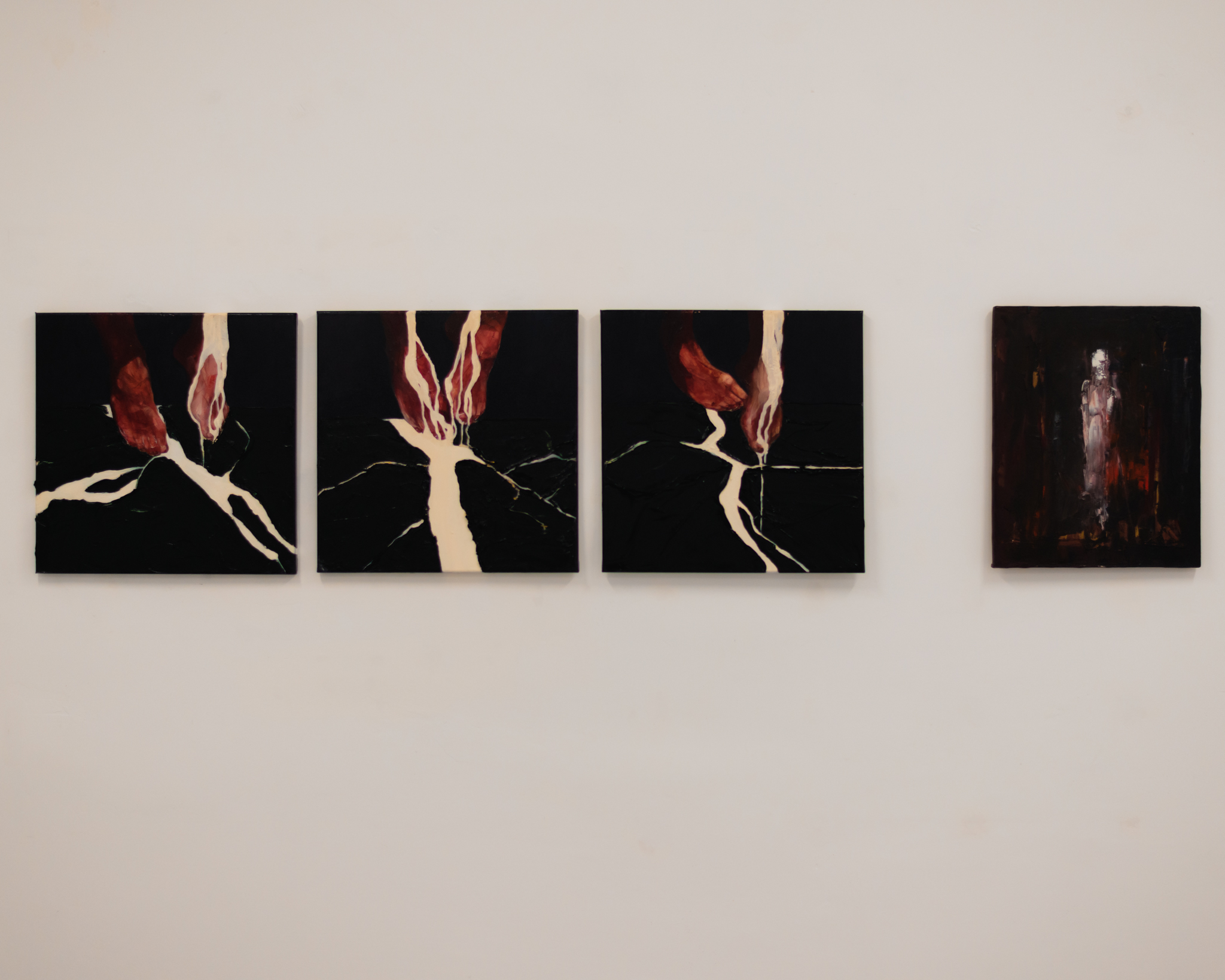“One in three women has experienced physical and/or sexual assault (at least once since the age of 15).”
„22% of women have been physically or sexually assaulted by their relationship partner.”
„One in two women have experienced sexual harassment.”
This is just some of the most recent statistical evidence uncovered by the European Union Agency for Fundamental Rights (FRA) in relation to the violence perpetrated against women in Europe. Although Romania is not classified to be at the top of this list, it is not nearly close enough to being placed at the bottom of it, either.
The National Agency for Gender Equality (ANES) published the results of the 2019 “National Study of Domestic Violence”. According to its findings, 61.91% of women are victims of domestic abuse, in both urban and rural settings. Nearly all victims are of Romanian ethnicity, the vast majority being underage. In the latter category, more than half are female, while aggressors tend to be categorized as almost entirely of adult age, with a percentile of 62.47% being male. A description reflecting a ghastly state of affairs that points to a widely tolerated acceptance of an otherwise aberrant form of interaction in relationships.

Therefore, having set up the opening date of the collective exhibition titled Karambol, on the 25th of November, the International Day for the Elimination of Violence Against Women, and ending on December 10th, the International Human Rights Day, is not accidental. Gilda Ghinoiu, the exhibition’s curator, states that: “Karambol proposes an eclectic expositional journey that registers a wide array of unwanted consequences of violence, starting from examples of bodily persecution, traversing an interior martyrdom of posttraumatic psychoses, and reaching a heavily accentuated gender-based hatred – a distressing and dangerous phenomenon for central and eastern European spaces, as well as for those places heavily imbued with religious mores.”
The collective presentation of art pieces proposed by Cosmic House, an expositional space in Cluj-Napoca, brings together the works of 11 Cluj-based artists: Liviu Bulea, Cristina Cantemir, Cristina Daniela Gagiu, Mihai-Vlăduț Gicoveanu, Ioana Iacob,Lilia Liutko, Lucian Szekely-Rafan, Oana Pop, Oana Maria Pop, Janneke Vos and Elena Waldorf.
The theme of the exhibition is one that highlights the severe desensitization towards a variety of different acts of violence, something that seems to be commonplace in the local setting. The artworks focus on revealing the process of normalizing brutality in the face of what seems foreign, different from what is known through personal experience and is thus deemed as threatening. In such a context, misunderstanding the other, or in other words, being afraid of otherness is disguised as celebrating those (re)actions triggered by impulses left unfiltered through the lens of empathy. Meanwhile, high value seems to be placed on gaining the so-called upper hand through either sheer physical force or psychological manipulation. In fact, according to the studies mentioned earlier, violence is not established only through direct forceful contact between victim and aggressor, but through the absence of affection in family relationships too, abandonment and neglect being cited as the most frequent forms of domestic abuse.
Karambol’s thematic interplay between presence and absence is not only the hallmark of the exhibition, but it manages to take charge of the physical display of the artworks in the space of the Cosmic House art center, as well. For this reason, the experience of stepping inside the space of the exhibition begins with a presentation of the various encounters of the artists with the perceived internal tension felt in the face of multiple forms of violence.
Elena Waldorf’s “Keep the Streets Empty for Me”, “Looking for a Good Soul”, “Wide Opened Eye” and “Dancing Nowhere” constitute such four descriptive examples in oil on canvas. The same artist carves out a personal dissection of domestic abuse in her short film titled “Touch Me Louder”, “an invisible violence, with no stakes, that only creates destruction”. The sudden burst into a scene of violence in a moment that ought to have been one of closeness, due to a simple misunderstanding, the words uttered by the host of a sumptuous feast being unheard by the participating guests, ends up igniting an array of explosive reverberations.

Mihai-Vlăduț Gicoveanu renders the image of absence through his mixed media portraits as part of a ”Hall of Fame” series. The word “empty” appears scrawled on one of the character’s cheeks, while another’s inability to communicate is suggested with the help of a gag polished in copper, in “Hall of Fame 1.2”.
Ioana Iacob, in her oil, acrylic, ink, and watercolor installation, “Stars Fall Unseen”, captures a series of voyeuristic snapshots that feature moments of utmost vulnerability created between partially unveiled bodies, launched in dynamic tension. “Don’t Ask About the Mermaid”, an installation made of recycled paper, authored by Cristina Cantemir, suggests the need for a potential reconfiguration of feminine archetypes wrapped in consumerism, in a system that only offers the mere sensation of financial autonomy by encouraging a feverish devouring of objects and items of clothing.
Karambol stands not only as the name of the exhibition but as a collective piece, an installation consisting of water, glass, mirrors, orbs, and UV lighting that emphasizes the transition between the two modalities proposed by the exposition to approaching violence. From the subjective, personal responses, sometimes repressed and therefore hidden from view, the exhibition leads to the series of works that offer no escape from the effects of violence, and subsequently reaches those pieces that put on full display the aftermath of violence.
The intense clashing of multiple acts of “unmistakable”, and “objective” violence, both caused by and lived within groups is affirmed in Lucian Szekely-Rafanthe’s pencil drawings “The Plague” and “The Match Man”. Oana Maria Pop narrates the challenges of leaving one’s home in the hopes of finding a better life somewhere else, in her series “Homesick Migrant I, II, and III”.
In direct response to this series stands “Untitled”, an oil painting belonging to Janneke Vos. The same Oana Maria Pop showcases the sharp edges of aggression, with the help of an instant photo embellished with silicon, DVDQ 2020, meant to illustrate the sharp rise in domestic abuse cases registered during the coronavirus lockdowns. The artist’s oil painting “What About the Beasts” assumes the stark contrast between the bleeding flesh of a stag collapsed on a deafening grey background that manages to take in the clear remains left in the wake of violence.

To further complete the theme explored in Karambol, what needs mentioning is the introduction of a third dimensionality to acts of violation. This aspect tackles the impact of religious dogma on Eastern European cultures. Thus, what stand out are Liviu Bulea’s “An Army of Lovers Cannot Fail” I and II, and the mixed media collection of photography in dried vegetation “Memories of Ulm” I, II, III, and IV. The artworks point out the frequent brutal rejection, in local context, of relationships challenging the traditional heteronormative framework. Cristina Daniela Gagiu overturns classic Christian iconography in „Laces”, an art intervention in collage, placed in direct dialogue with “Apparently”, pencil on paper, and “San Sebastian”, a mixed media piece in pencil, ink and acrylics.
„Circle” is an etching by Ukrainian artist Liutko Lilia, in which portions of the human body, not fully identified as female or male, are inscribed in a vision reminiscent of the classic Renaissance archetype – the image of the vitruvian man. A contemporaneous universe is reimagined with the help of a newly drawn map of the human physique, one that attempts to escape any enforced constraints on residing in an apparently deceptive stability within gender binaries. Oana Pop carries out an inquiry into the consequences of religious mores heavily impacting modes of thinking, in a collection of photos under the names: “Out of Too Much Love or Everything that Jesus did not Say”, followed by “So That You Can Die in Peace” and finished with “My Dead Are More Important Than Yours”.
Finally, Ioana Iacob reminds us, with the help of “Broken Ballerina”, charcoal on paper, of the intrusive character of domestic abuse captured in the scenes of “Touch Me Louder”. Meanwhile, a potential solution to the issues raised by Karambol is offered by Cristina Cantemir in “Wings”, an installation in recycled plastic and wire.
Cosmic House is an inclusive cultural incubator whose objective is to support local artistic projects, both online and offline. The Cosmic House’s mission is to get the public acquainted with artworks designed to reflect the current artistic status quo, but to also promote learning through art. At the same time, Karambol is part of a series of events dedicated to fighting against violence towards women, organized by Art Mirror Association, for the 16 Days in Cluj campaign, annually coordinated by the Peace Action Training and Research Institute of Romania – PATRIR.














